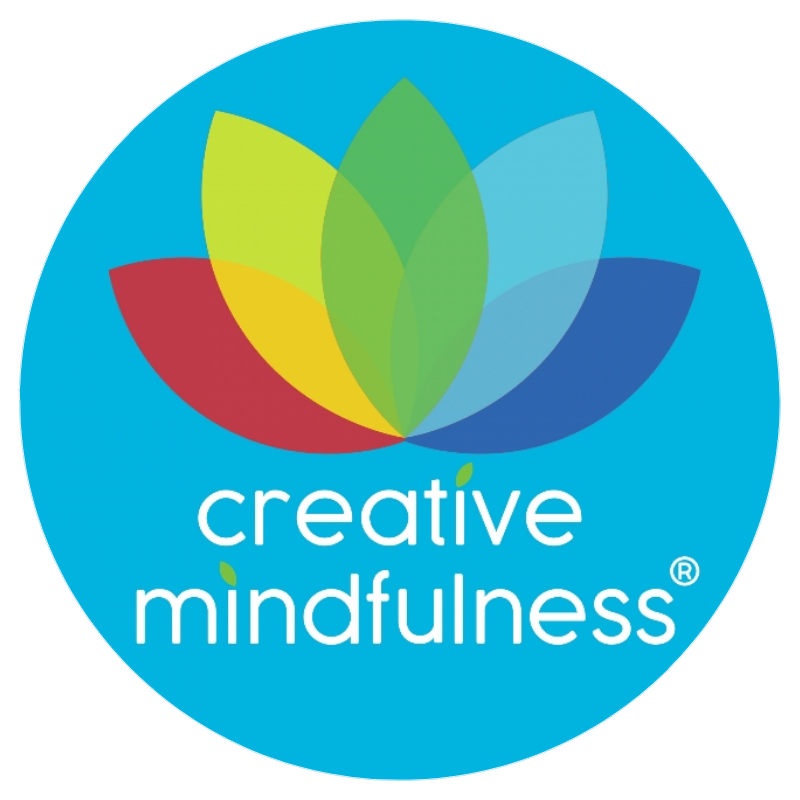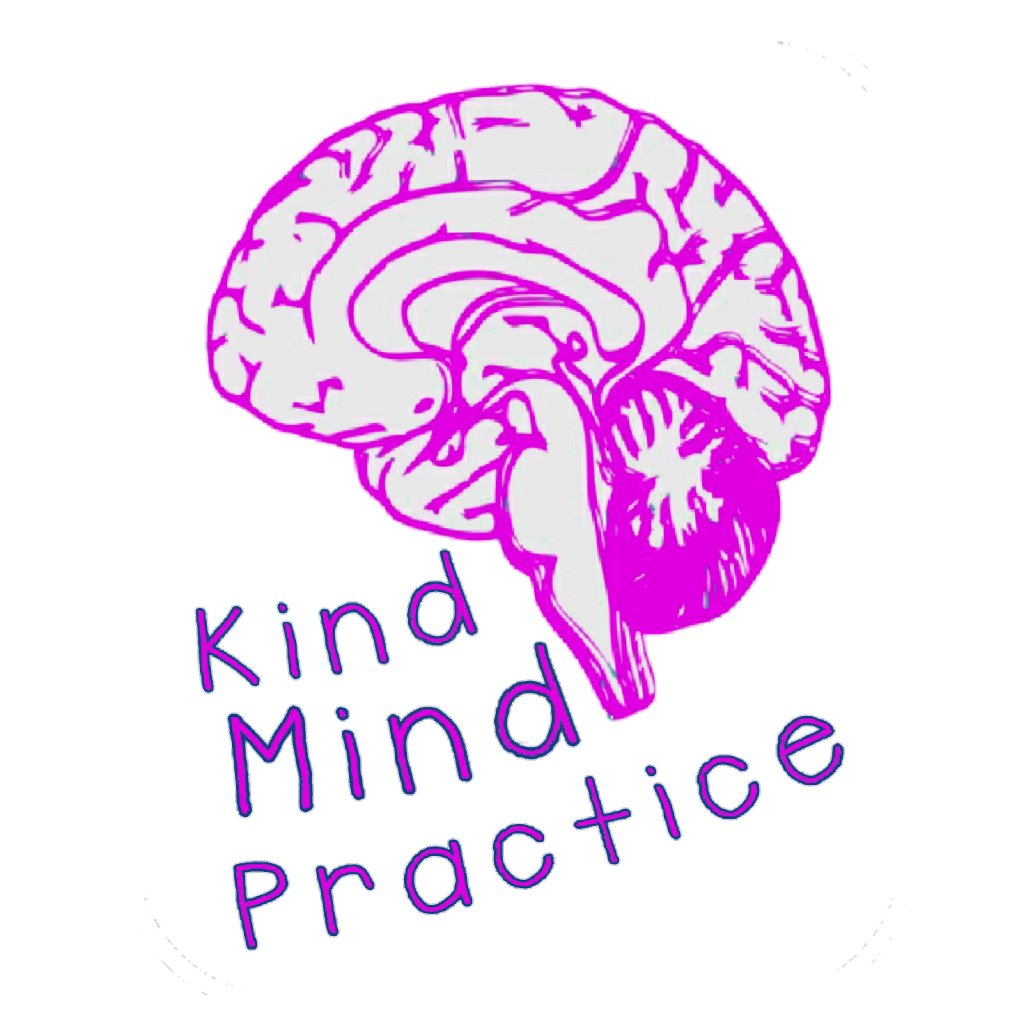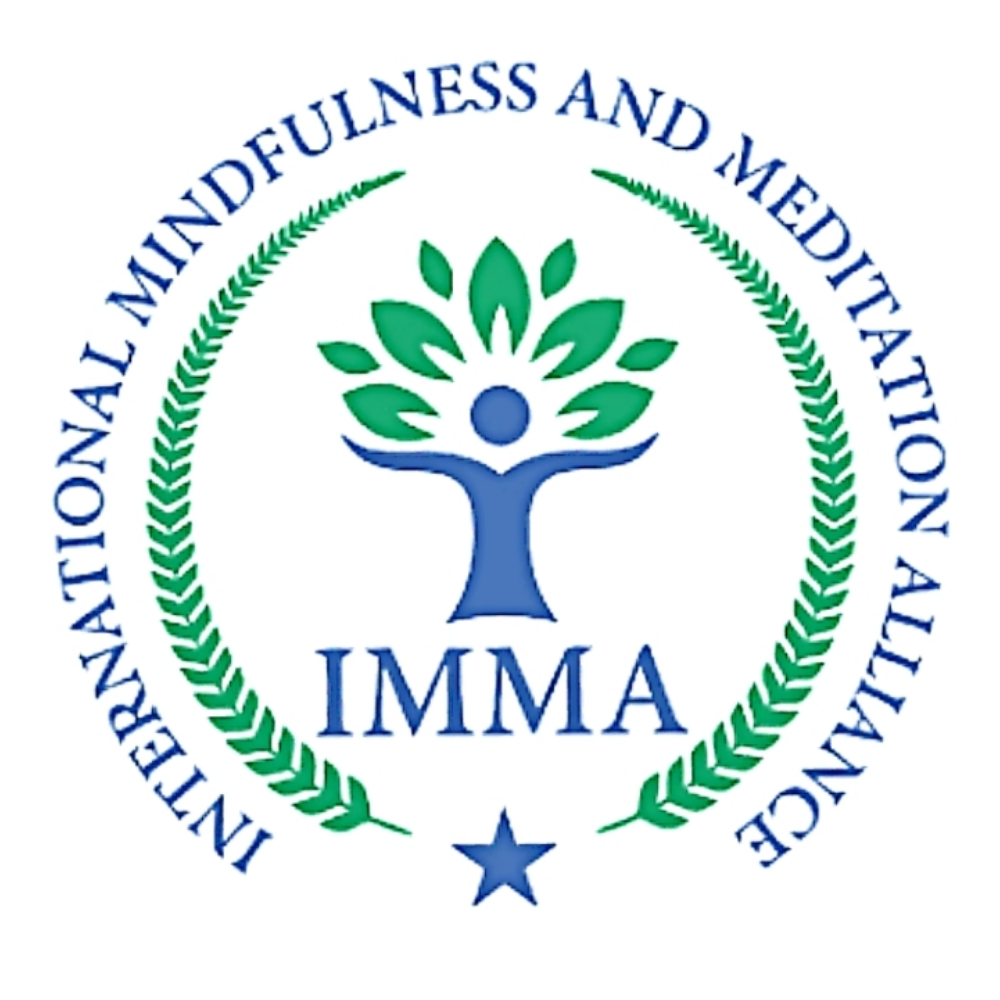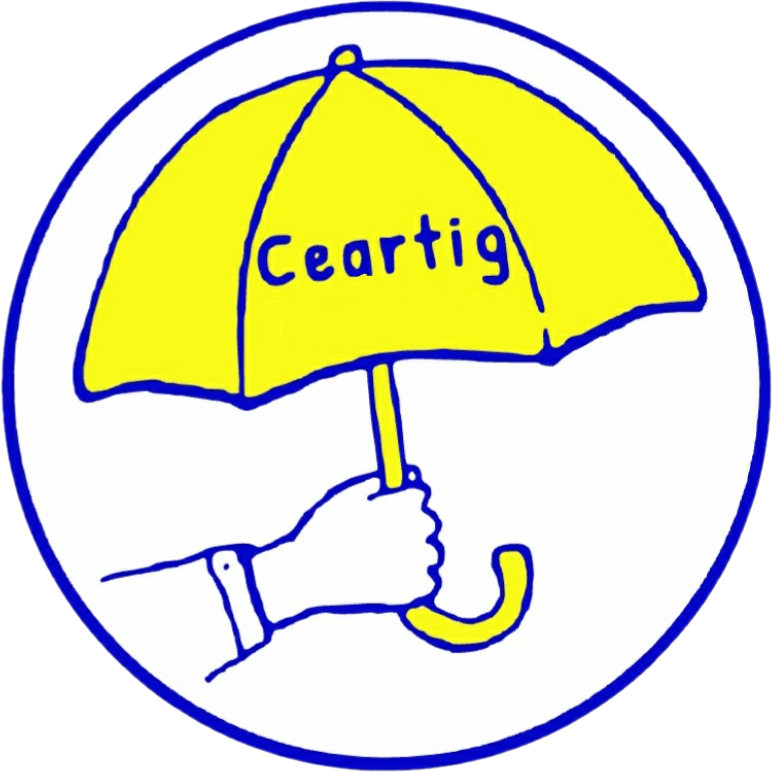Mindfulness-Based Expressive Arts
You don’t have to be an artist or someone with any experience in the arts what-so-ever to benefit from expressive arts therapy, just a sense of curiosity and an open willingness to explore. Since Art is a universal language, Expressive Arts Therapy can be engaged by anyone, regardless of age, gender, ethnicity, or cultural identity.

Expressive arts help us connect with parts of ourselves that traditional talk therapy may not so easily reach. Art-processing provides a tactile experience that induces body sensations and emotions; it increases positive affect when compared to verbal processing (Czeamanski-Cohen & Weihs, 2016). Engagement in expressive arts therapy allows clients to explore deep and often hidden feelings. In a therapeutic setting, the art-making process can facilitate and support the release of difficult emotions such as sadness or anxiety. This release results in a more relaxed nervous system and a sense of catharsis.

The many modes of creativity embraced by Expressive Arts Therapy include the following: clay-work, mixed-media, painting, poetry, projective techniques, storytelling, and symbolism.
A typical session generally begins with a verbal check-in where the client can voice how they are doing and what they might want to address in the session. A variety of expressive modes are available for clients to choose from so that they can start from where they feel most comfortable. Sometimes two or more modes are utilized in a single session. A brief mindfulness practice is introduced to clear the mind. The client is then invited to create/construct/project. This work is attentively witnessed by the therapist without judgement. The next part of the session is given to reflecting on the process and the resulting creative expression. It is not for a therapist to interpret the artwork. Together, the client and therapist may discuss possible meanings. The client may make connections between their expressive creation and their life. An end to the session is indicated by a brief closure practice.

